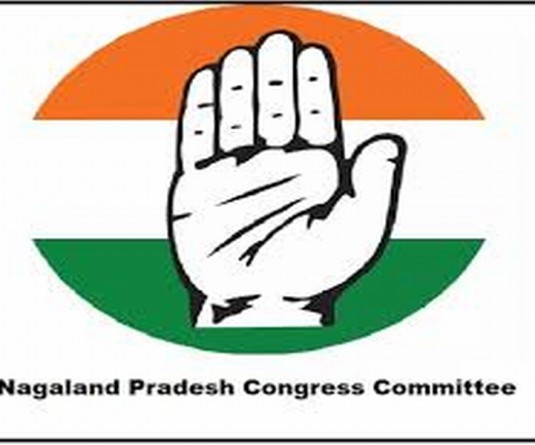
Chizokho Vero
Kohima| August 3
The Indian Space Research Organization (ISRO)’s sponsored project on “Landslide Hazard Zonation Mapping of Kohima town and part of NH-39 between Kohima and Chumukedima,” as undertaken by the Nagaland University (NU), has made some recommendations relating to preventive measures.
Adverse geological conditions such as weak rocks and structural disturbances, too much of rainfall, human activity such as random cutting of slopes, quarrying for rocks, heavy constructions, etc., have been identified as the cause of landslides.
The project, completed within 3 and half years by trio Prof. G.T Thong, Principal Investigator, Department of Geology, NU, Dr. Imtiwapang Aier and Dr. Temsulemba Walling, Junior Research Fellow, was presented at the NU conference hall here this morning.
Presenting the project, Prof. Thong stated that the LHZ maps will help planners and engineers in selection of suitable sites for developmental programmes and will aid in adopting appropriate mitigation measures in unstable areas, adding that “LHZ mapping is necessary for planned expansion of urban areas.”
Among the many recommendations emerged from the project include that low and moderate hazard zones may be utilized for normal activities; high and very high hazard-zones should not be disturbed for any activity; highly susceptible areas should be considered for permanent remedial/mitigation measures.
In moderate hazard zones, it said, heavy constructions should be avoided and toe-cutting should be minimized. It also strongly recommended that a drainage plan of Kohima town is in place.
Further, the highway should be diverted from the Jotsoma bypass as the present section till Kohima “is highly unstable.”
Terrace cultivation along highways (subsidence zones) should be stopped, it said adding “excavation for rocks along highways should be discouraged.”
It also cited various steps in regard to determination of appropriate control and preventive measures.
Also, in the general recommendations, it said that LHZ mapping of all landslide-prone towns of Nagaland should be initiated without delay.
From the data generated, vulnerability-mapping and risk assessment should be made. Determination of safety factor of soils before any development, appropriate aforestation necessary, government should ensure mandatory clearance from authorized agencies before any construction; weigh bridges should be set up at Dimapur/Chumukedima to regulate weight of goods carriers and overloaded vehicles should not be allowed into the hill sections were also figured in the general recommendations.
Earlier, the function was chaired by Dr. N. Venuh.






